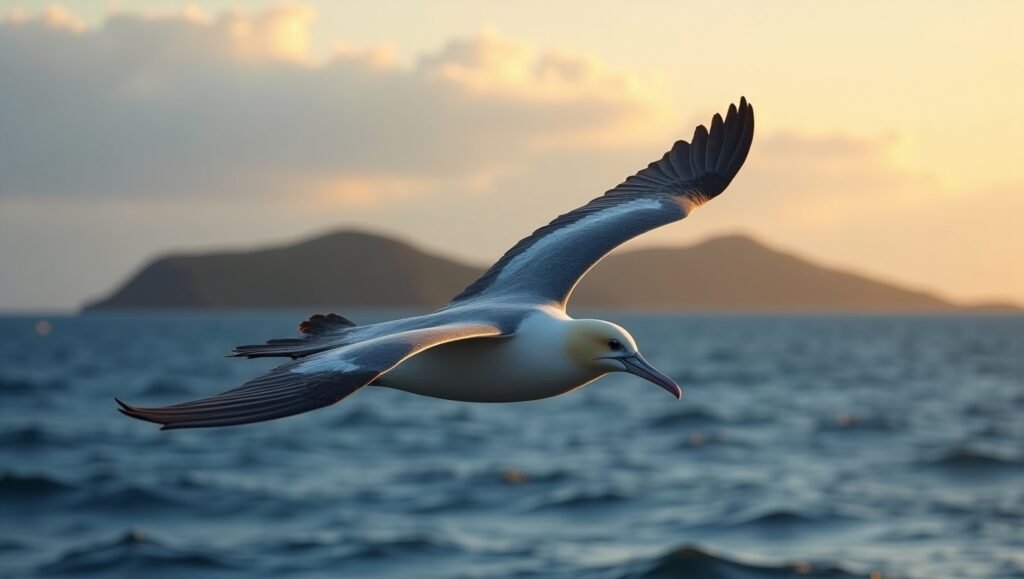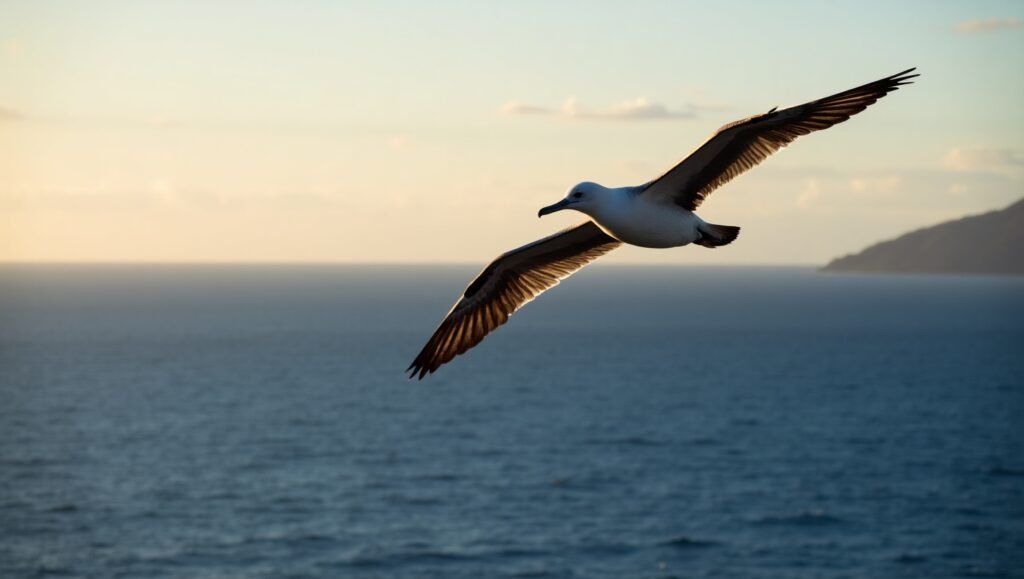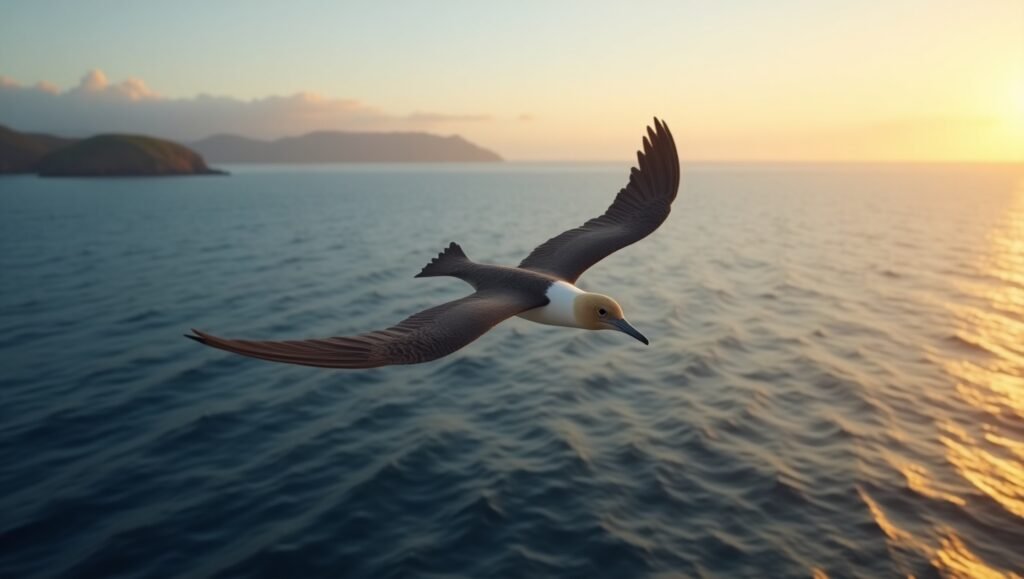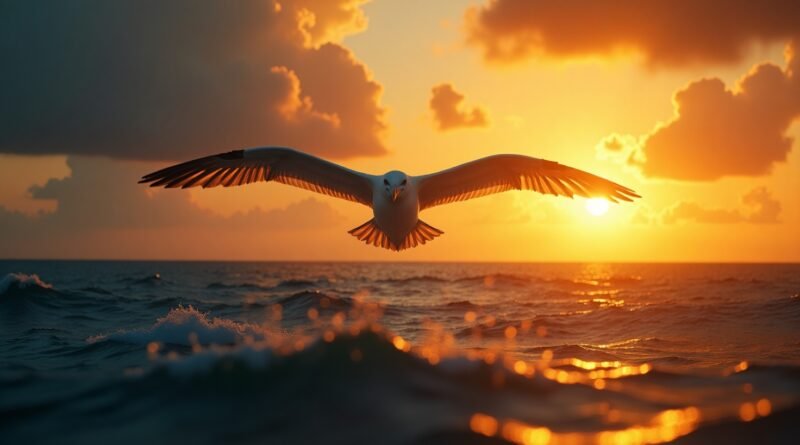7 Amazing Facts About Albatross America & Its Ocean Journey
Table of Contents
- What is Albatross America?
- Albatross Species Found in America
- Migration Patterns of the American Albatross
- Lifespan, Nesting & Breeding Habits
- Why Albatross America Matters Ecologically
- Biggest Threats to Albatross America
- Conservation Efforts and How You Can Help
- Fun and Surprising Facts About Albatross America
- Albatross America and Modern Tracking Technologies
- Albatross America in Education and Culture
- Final Thoughts

What is Albatross America?
Albatross America refers to the majestic albatross species soaring over American waters, especially across the vast Pacific Ocean near the United States, symbolizing grace and endurance in the region’s marine ecosystems. These massive seabirds are commonly found near the West Coast, Alaska, and Hawaii. With wingspans that can reach over 11 feet, albatrosses are among the world’s most iconic migratory birds.
Albatross Species Found in America
1. Laysan Albatross (Phoebastria immutabilis)
- Nests in Hawaii and forages along U.S. Pacific coasts.
- Easily recognizable by their white heads and dark wings.
2. Black-footed Albatross (Phoebastria nigripes)
- Frequently seen off the coasts of California and Oregon.
- Known for their black legs and smoky gray feathers.
3. Short-tailed Albatross (Phoebastria albatrus)
- Once critically endangered, now slowly recovering.
- Commonly found in Alaskan waters during feeding season.
These species form the core of Albatross America and reflect the rich marine biodiversity of U.S. waters.
Migration Patterns of the American Albatross
One of the most remarkable features of Albatross America is their extraordinary ability to glide across vast ocean distances, covering thousands of miles with minimal effort.
- Albatrosses cover up to 50,000 miles a year.
- Using dynamic soaring, they glide effortlessly on ocean winds.
- Birds born in Hawaii may reach the coasts of Canada, California, and even Chile.
- Juveniles can roam for 5–10 years before returning to breed.
Their migration routes span international waters, making their protection a global concern.
External Reference: Audubon Society on Albatross Migration

Lifespan, Nesting & Breeding Habits
Lifespan
Albatrosses in America can live over 60 years, ranking among the longest-living bird species on Earth and showcasing incredible longevity in the avian world.
Nesting
Laysan and Black-footed Albatrosses, key species of Albatross America, exhibit strong nesting fidelity by returning annually to the same breeding sites, particularly in Midway Atoll and the Hawaiian Islands.
Breeding
- Breeding starts around 7 to 10 years of age.
- They form monogamous pairs and breed once every two years.
- A single egg is laid, and both parents alternate incubation duties.
Why Albatross America Matters Ecologically
Albatross America contributes significantly to marine ecosystems in the following ways:
- Ocean Cleaners: Feed on dead fish and squid, reducing waste.
- Ecosystem Indicators: Reflect ocean health through their diet and movements.
- Nutrient Distribution: Transport marine nutrients to coastal nesting areas.
The health of albatross populations gives scientists vital insights into overfishing, climate change, and pollution levels.
Biggest Threats to Albatross America
1. Plastic Pollution
- Over 90% of dead albatross chicks have plastic in their stomachs.
- Mistakenly ingest plastic debris, mistaking it for squid or fish eggs.
2. Bycatch from Fishing
- Longline fishing hooks albatrosses unintentionally as they dive for bait.
- Approximately 100,000 seabirds die each year due to bycatch.
3. Climate Change
- Shifting sea temperatures affect food sources and nesting habitats.
4. Habitat Loss
- Coastal erosion and rising sea levels threaten nesting islands such as Midway Atoll.
DoFollow Link: NOAA on Albatross Threats
Conservation Efforts and How You Can Help
Active Organizations
- BirdLife International: Global seabird conservation.
- Pacific Rim Conservation: Protects Hawaiian nesting habitats.
Ongoing Projects
- Streamer lines to deter birds from baited fishing hooks.
- Plastic cleanup efforts around nesting islands.
- Satellite tracking of albatross migration patterns.
What You Can Do
- Avoid single-use plastics.
- Choose seafood certified by the Marine Stewardship Council (MSC).
- Share awareness online.
- Donate to credible seabird conservation NGOs.
DoFollow Link: BirdLife Conservation

Fun and Surprising Facts About Albatross America
Albatross America highlights some of the most astonishing avian traits found in nature. These remarkable birds can sleep while flying by shutting down only half of their brain, allowing them to glide effortlessly for hours or even days.
They also possess salt glands above their eyes that help them process seawater—a vital adaptation for ocean life. In Hawaiian culture, albatrosses are called “Mōlī” and are revered as ancestral guardian spirits.
Albatross America and Modern Tracking Technologies
Thanks to satellite tagging and GPS technology, researchers now track the incredible journeys of Albatross America in real time. These tools have revealed surprising migration routes—some birds travel from Hawaii to Japan, then to California, covering thousands of miles non-stop.
Modern tracking has shown that albatrosses prefer specific oceanic wind corridors. Protecting these aerial highways is crucial for their safety during breeding and feeding seasons. It also highlights the need for international cooperation, since these birds traverse multiple national zones.
Albatross America in Education and Culture
Beyond ecology, Albatross America serves as a powerful symbol in American culture. From poetry and art to education, the albatross is seen as both burden and beauty. In many U.S. schools and marine programs, the bird’s story is used to teach youth about biodiversity, pollution, and ocean conservation.
In states like California and Hawaii, schoolchildren visit coastal sanctuaries to learn about nesting, food chains, and marine protection. These programs nurture a conservation mindset in the next generation of environmental stewards.
Final Thoughts
The story of Albatross America is both majestic and urgent. These graceful ocean voyagers embody the deep connections between land, sea, and sky—reminding us of nature’s balance and our responsibility within it.
Through awareness, education, and sustainable living, each of us can help ensure that future generations continue to witness these majestic birds soaring freely across American skies.
If you found the journey of Albatross America fascinating, you may also enjoy exploring other compelling topics on our site. Dive into the emotional and ethical world of Human Egg Farm and discover the full flavor of culture with our step-by-step Mexican Street Corn Recipe. Each story, like the albatross, carries its own depth and message—connecting us to nature, life, and tradition.

